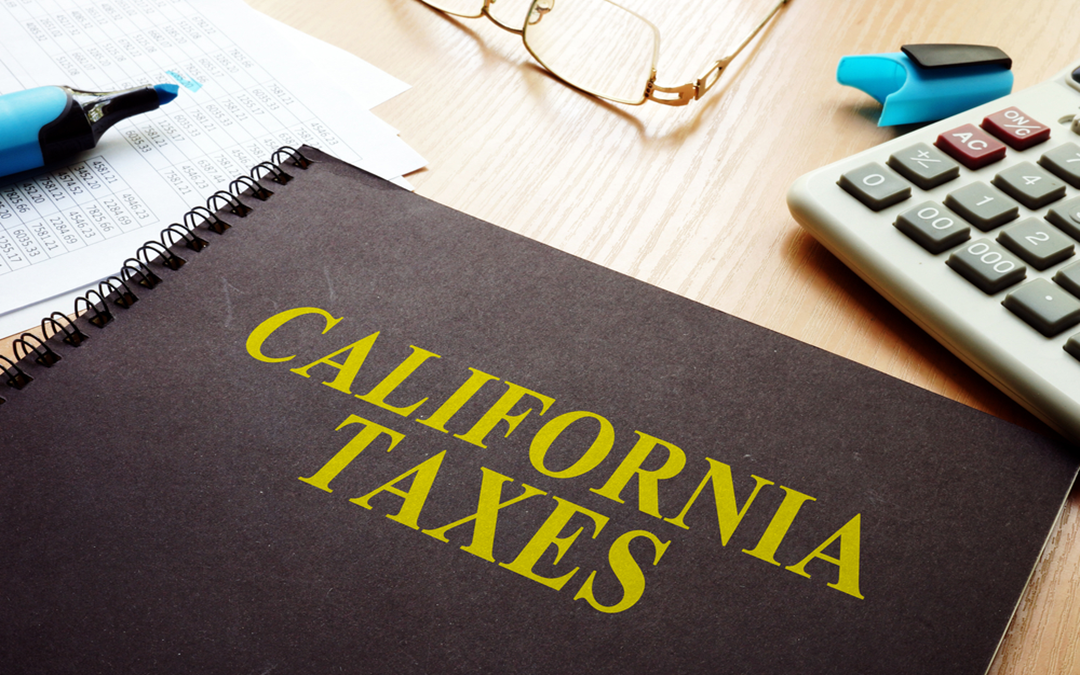California’s Pass-Through Entity Tax: Key Effective Dates and Updates
California’s elective Pass-Through Entity Tax (PTET) was designed to provide relief to business owners impacted by the federal $10,000 state and local tax (SALT) deduction limitation. Since its introduction, PTET has become an important planning tool for partnerships, LLCs and S corporations. Below is a summary of the original effective dates, payment requirements, and recent legislation that has extended and revised the program.
The Original PTET Effective Dates
The PTET was originally effective for tax years beginning on or after January 1, 2021, and before January 1, 2026. The law contained a provision that would have terminated the PTET early if the federal $10,000 SALT limitation were repealed. Because the federal limitation remained in place, the PTET continued through the 2025 taxable year.
Payment Requirements from 2022 to 2025
For the 2022 through 2025 tax years, entities electing into PTET had to follow specific payment rules. The election itself was made at the time of filing the tax return. However, a prepayment was required by June 15 (for calendar year taxpayers) of the taxable year. This prepayment had to be at least $1,000 or 50% of the entity’s prior year PTET liability, whichever was greater. The balance of the tax was due by the original filing deadline of the return, without regard to extensions.
Extension and Changes Under New Legislation
Recent legislation has extended the PTET election period for an additional five years. Entities may now elect into PTET for tax years beginning on or after January 1, 2026, and before January 1, 2031. Importantly, the legislation also changed the rules for prepayments. Under the original provisions, failing to make the June 15 prepayment barred an entity from making the election. The revised rules allow the election even without the prepayment, but the credit available to owners is reduced by 12.5% if the prepayment requirement is not met.
Summary
In summary, the original PTET was effective for tax years 2021 through 2025. With the passage of new legislation, the program is extended for tax years 2026 through 2030. Taxpayers should carefully track prepayment requirements to maximize the available credit, while taking advantage of this elective tax to help mitigate the impact of the federal SALT deduction cap.



